Architecture is more than just bricks and mortar; it’s a mirror reflecting the values, aspirations, and daily lives of a society. It significantly influences national and cultural identities. From ancient monuments to contemporary skyscrapers, the built environment not only reflects and reinforces cultural values but also shapes individuals’ self-perception and their sense of belonging in the world.
In the rural heartlands of Ethiopia, where agriculture is the lifeblood, and where more than 70% of the population live, houses are modest structures dotting the expansive farmlands. These homes are often unfenced or, if boundaries exist, they are porous, allowing for easy interaction among neighbors, fostering a sense of community and shared life.

Mornings begin with friendly chat as people pass by on their way to work the land. My late grandmother, who lived in the beautiful Dessie countryside, would tell me stories of how she looked forward to these daily chats, a social connection as comforting as the rising sun.
Now, let's jump to Addis Ababa, the bustling capital. The houses here are a different story altogether. Often, towering walls – sometimes even resembling small fortresses – encapsulating each home in its own secluded world. While these fortifications may provide a sense of security and privacy, there's no denying they create a sense of isolation. You almost need an invitation (or a grappling hook!) to say hello to your neighbor. The fences aren't just around houses anymore. They've sprouted like invasive weeds, choking off access to everything from hospitals and schools to government offices and even churches. Walk through the wrong gate by mistake, and you'll be met by a guard who might as well tell you to trek 50 kilometers to the other entrance.
But why the walls? Security is a major concern of course. People want to feel safe in their homes. Privacy is another factor. But here's the thing: shouldn't we be working on creating a society where security and privacy are attainable without sacrificing the warmth of human connection?
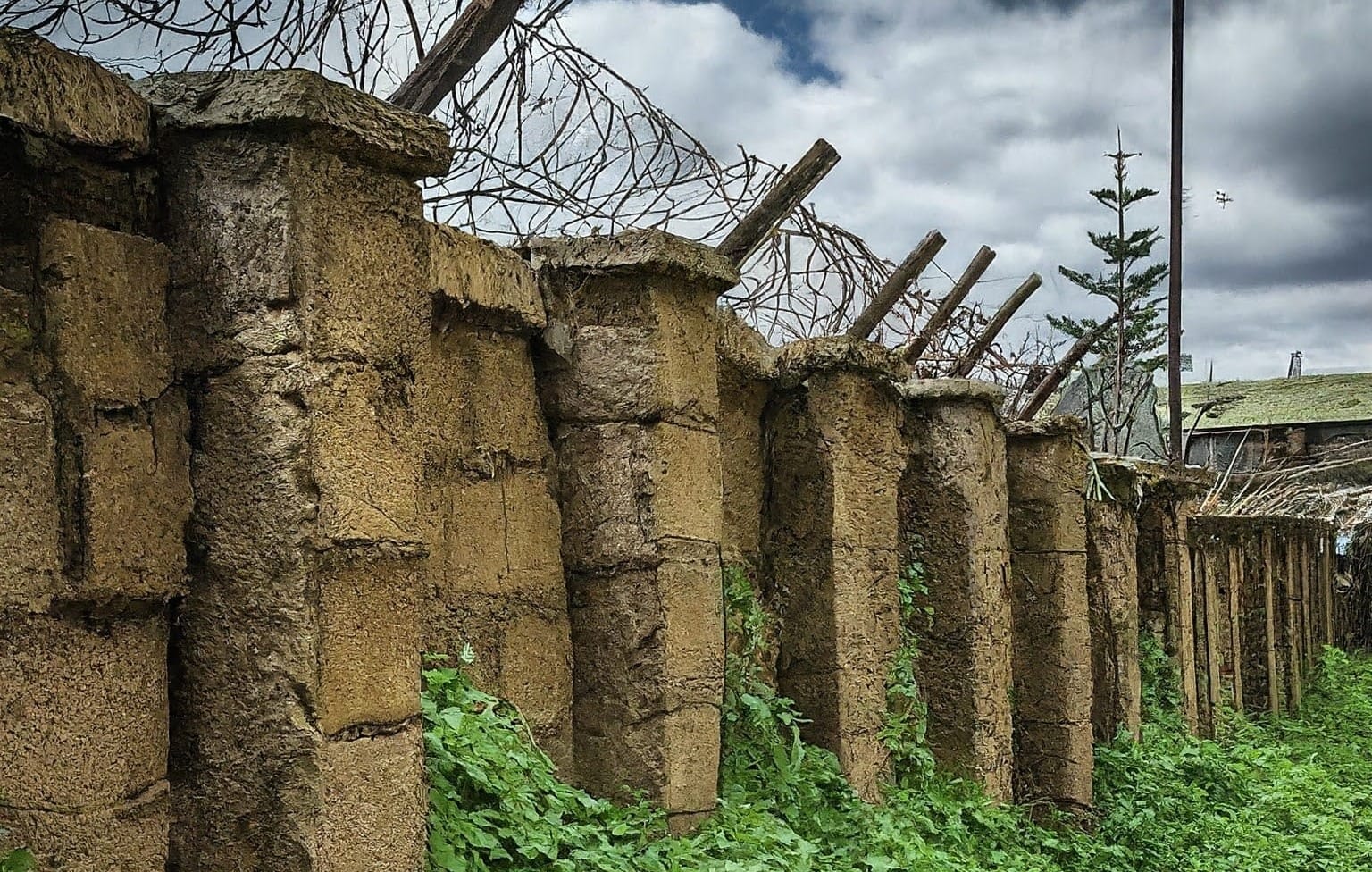
Towering walls, though meant for security, isolate residents, severing the communal spirit that thrives in Ethiopian villages. While forcing people to tear them down isn't the answer, what if we could transform them? Imagine these barriers becoming vibrant expressions of identity, sustainable works of art, instead of isolating fortresses.
Instead of concrete walls, sustainable alternatives like planting bushes can provide privacy while still promoting ecological balance and social interaction. Homeowners should also opt for sustainable options like bamboo, reclaimed wood, or recycled metal and plastic. By choosing eco-friendly materials, we can minimize their carbon footprint and contribute to a greener environment. It also gives entrepreneurs the incentive to innovate and solve a critical issue.
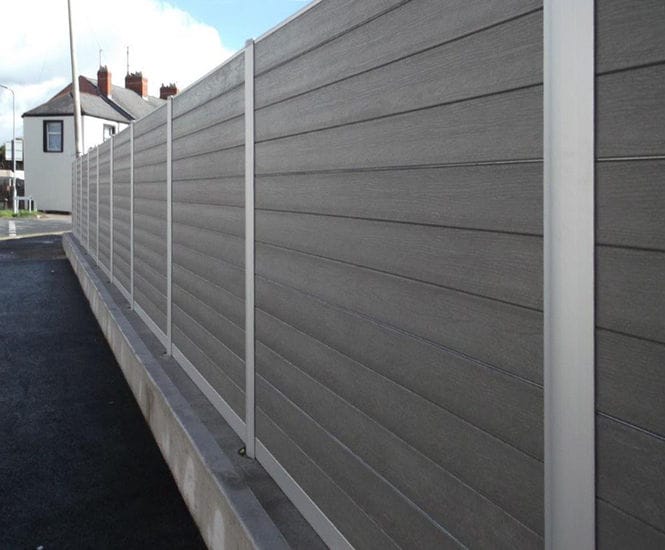
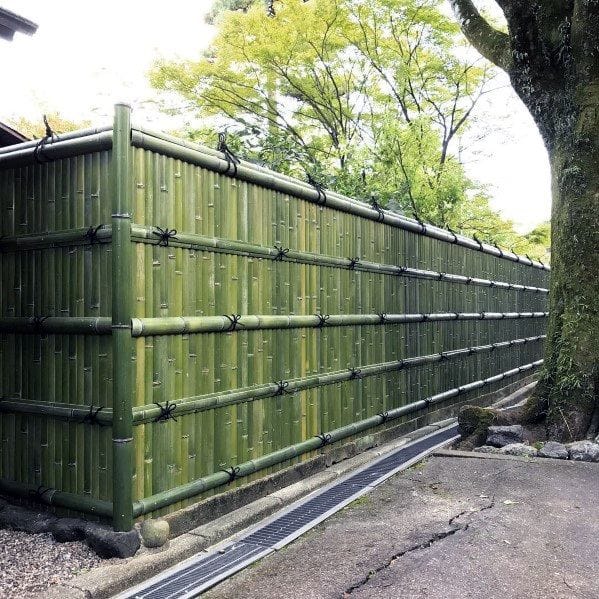
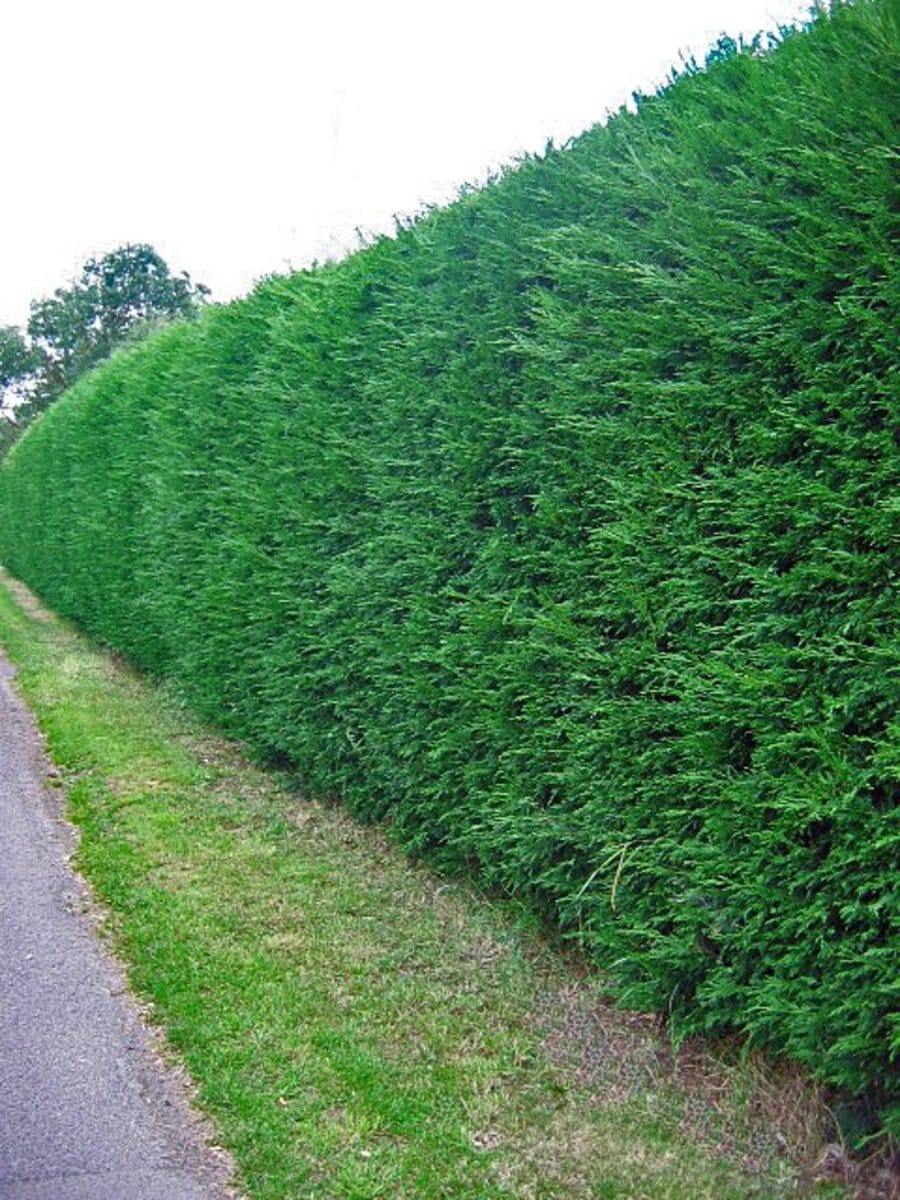
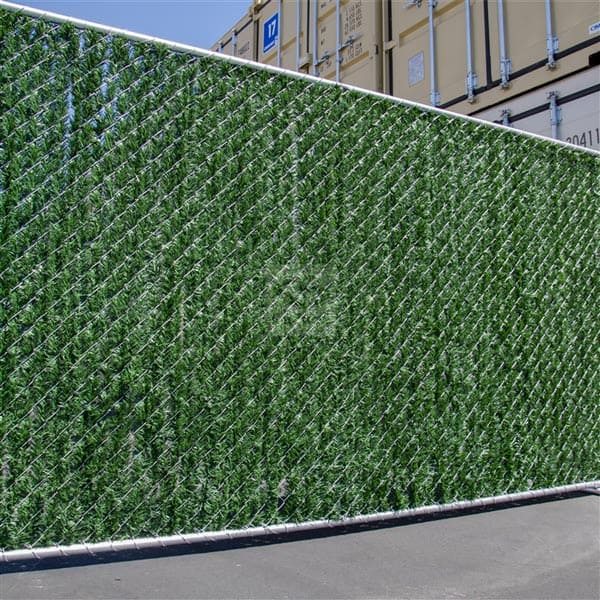
Recycled Plastic, Bamboo, Bush plants, and wire fences with climbing vines
These types of sustainable solutions will not only give us the security and privacy we desire, but also give us an artful way of expressing ourselves. This isn't just about aesthetics; it's about reimagining our built environment to reflect the values we hold dear. Let's cultivate a future Addis Ababa where towering walls become vibrant canvases for self-expression, where privacy and security coexist with a sense of community. By embracing innovation and collaboration, we can rebuild connections, one fence (or hedge) at a time.


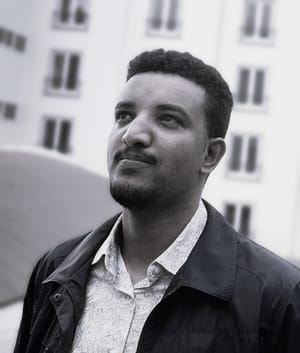

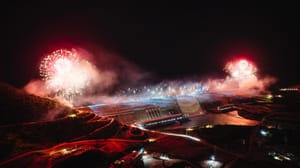
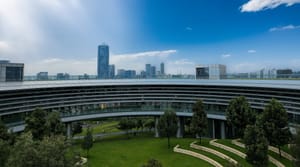
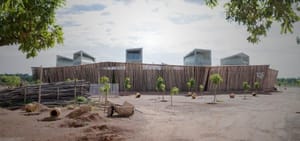
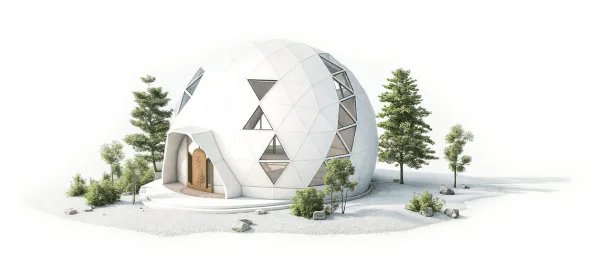

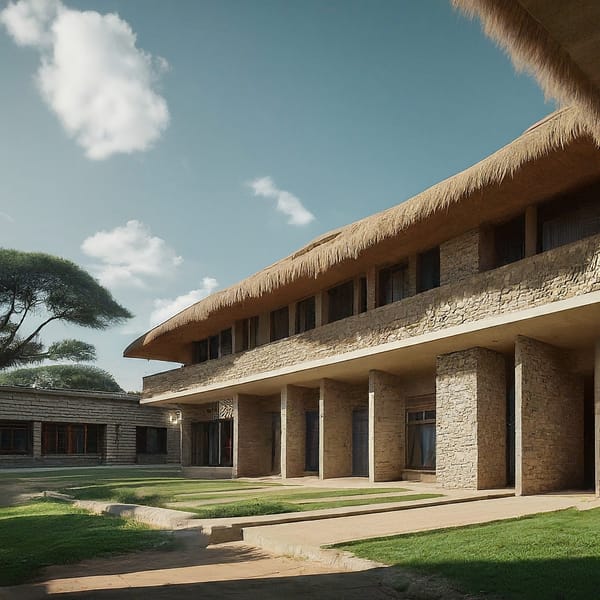


Member discussion